
ENVIROMOLECULAR Venice Architecture Biennale
“Enviromolecular” refers to basic structure for life support and a “chemical” approach to building dynamic space. Atoms conjoin periodically to form molecules, minimum microstructures capable of performing a material’s chemical behavior – how matter interacts, electronically – enabling quantum effects to register harmonically at human-scale.
2023 exhibit in the Dangerous Liasons section of the Arsenale
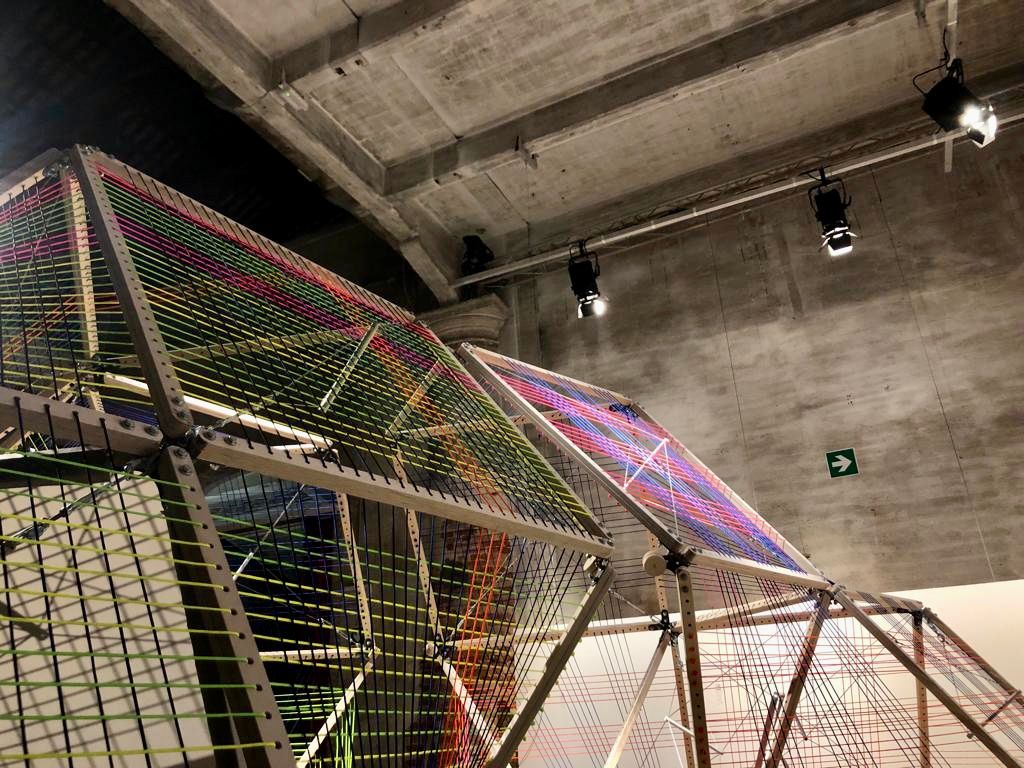
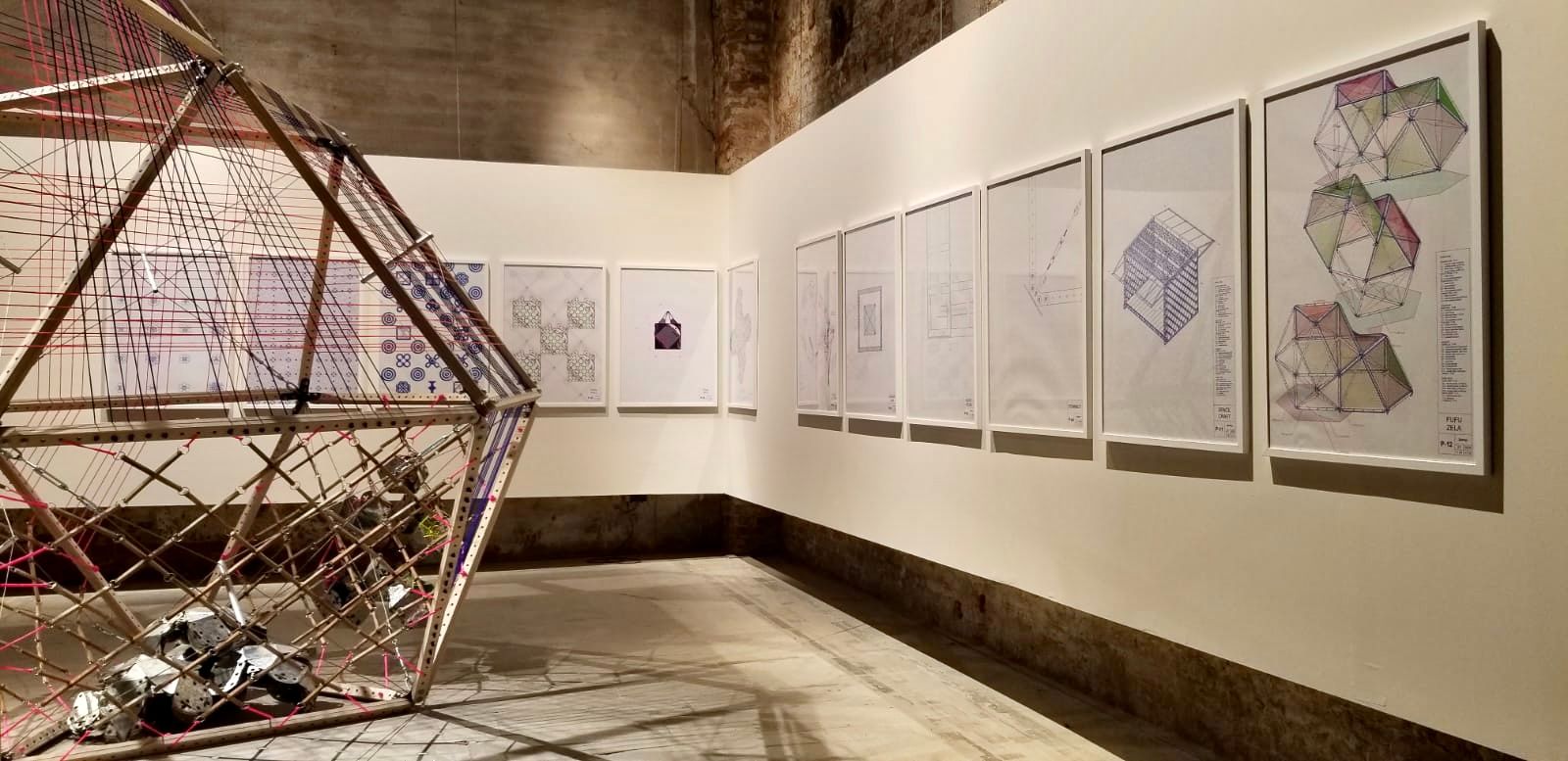
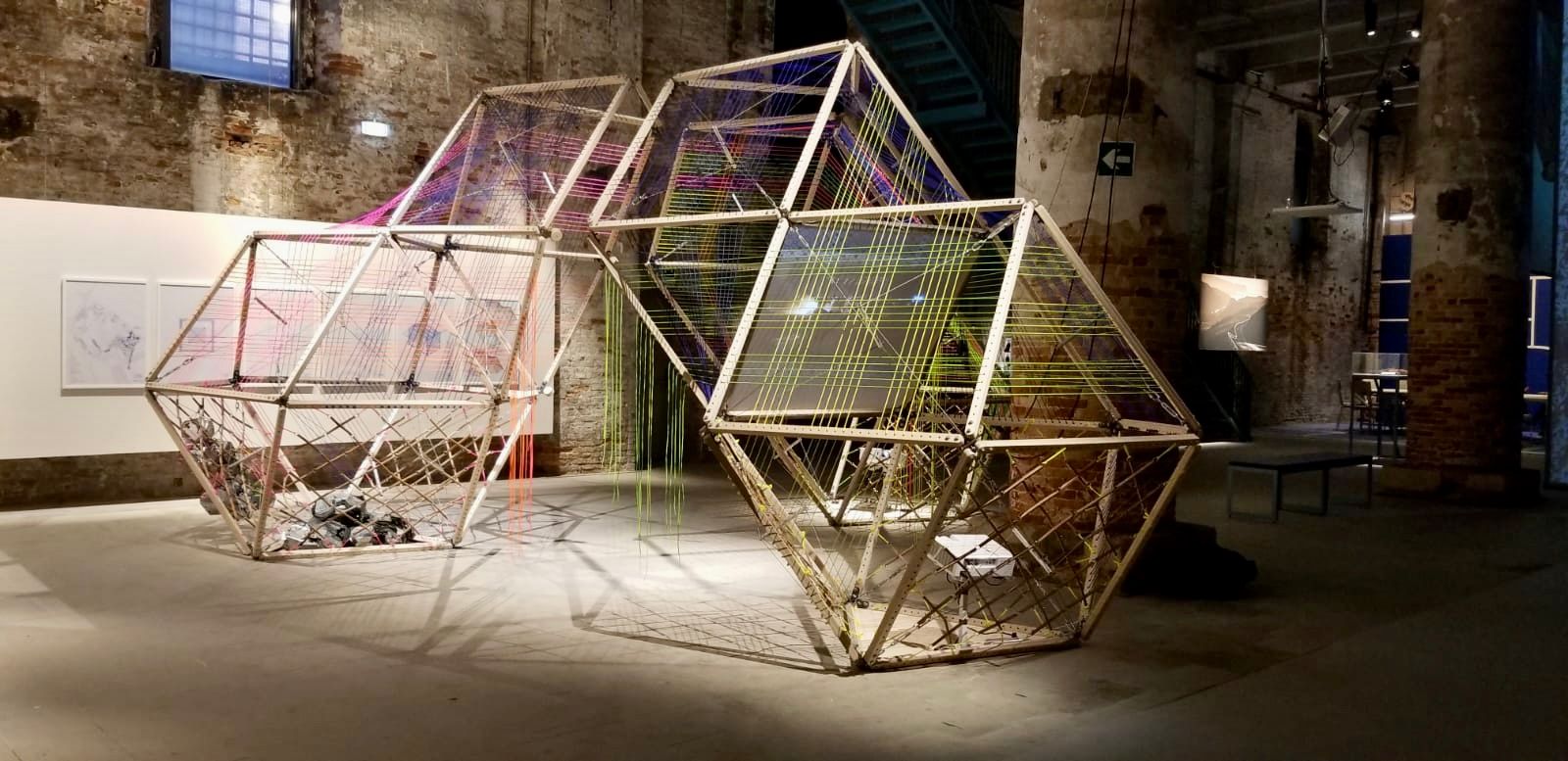


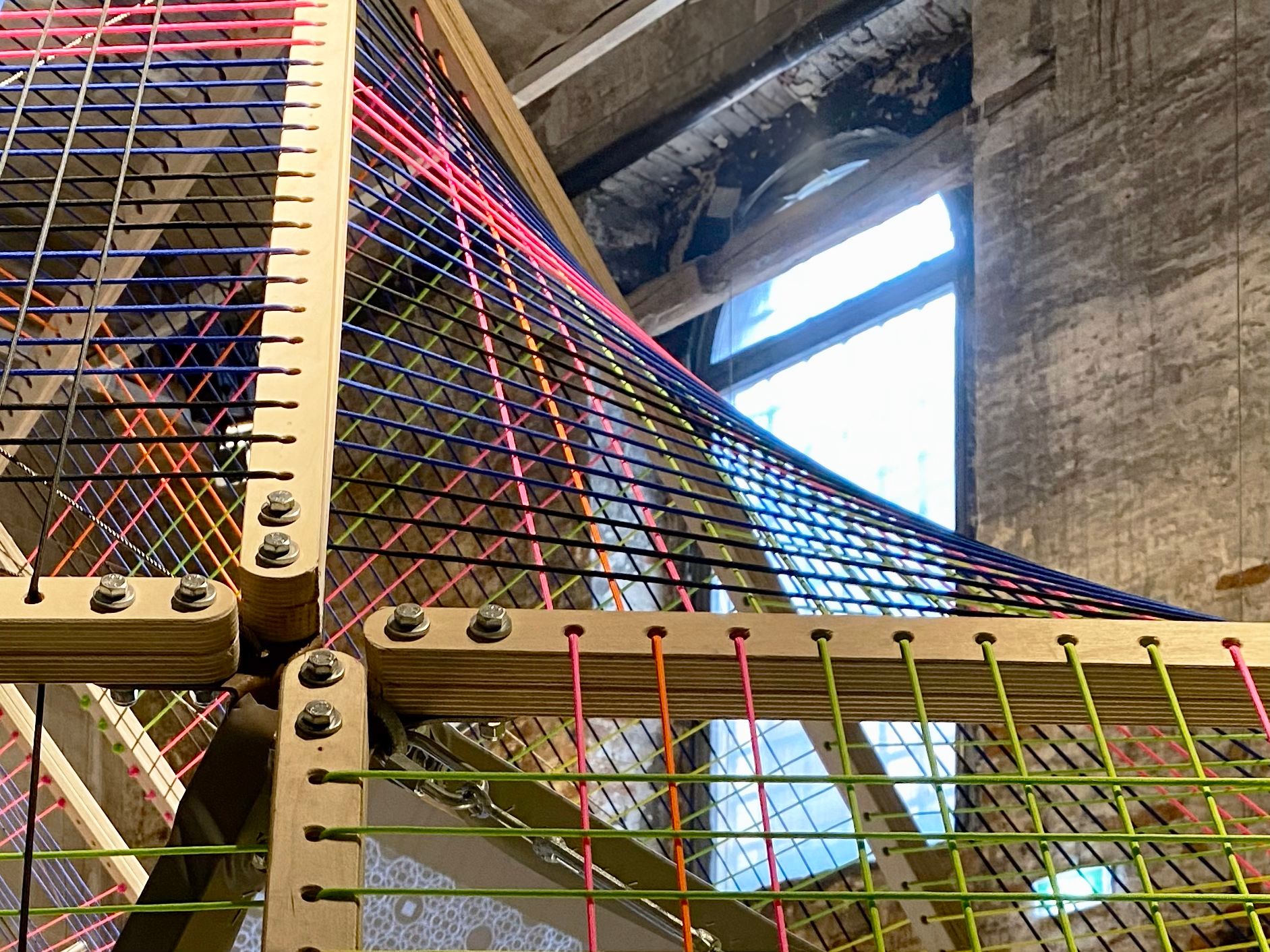






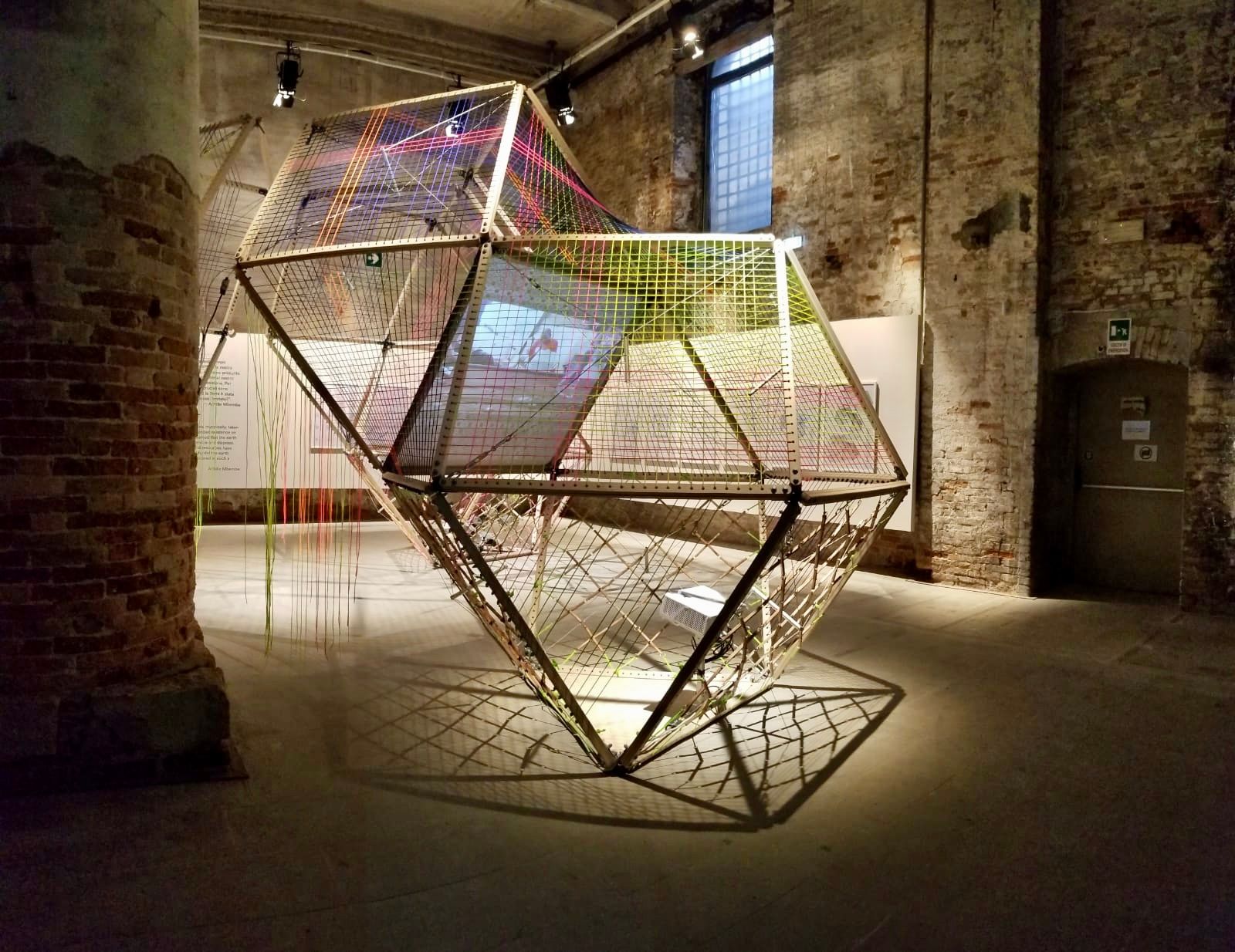
Over two decades, Low Design Office has explored autochthonous material ecologies of micro-architecture, ranging from canopy, table-top and umbrella-serviced micro-enterprises to home-businesses housed in sheds (colloquially called “kiosks”) and arboreal, roadside and cottage industries that constitute, in aggregate, a massive distributed armature of regenerative infrastructure for socioeconomic empowerment.
Integrating design and engineering, this work advances a model of autoconstruction that recasts kiosk culture as emergent infrastructure for African “rurban” transformation. Launched with French design consultancy Panurban in 2012, the Agbogbloshie Makerspace Platform (AMP) initiative combines lab research and iterative “popular prototyping” via community workshops with grassroots makers in West Africa to co-design flexible archi-technology for crafting space.
AMP spacecraft is an open design and manufacturing standard that utilizes design for reassembly principles and modular prefabricated components to reformat the kiosk typology as synergetic matrix for material coordination across space-time. Coproduced in and around Accra’s Agbogbloshie scrapyard, recycling and maker hub, AMP amplifies circular processes of (re)making with others as a mode of collective habitation. The open-source design kit builds equity by replacing paradigms of innovation (that exploit the planned obsolescence of artifacts for profit over planet) with reparative praxis of renovation for spatial justice across physical and digital realities.
